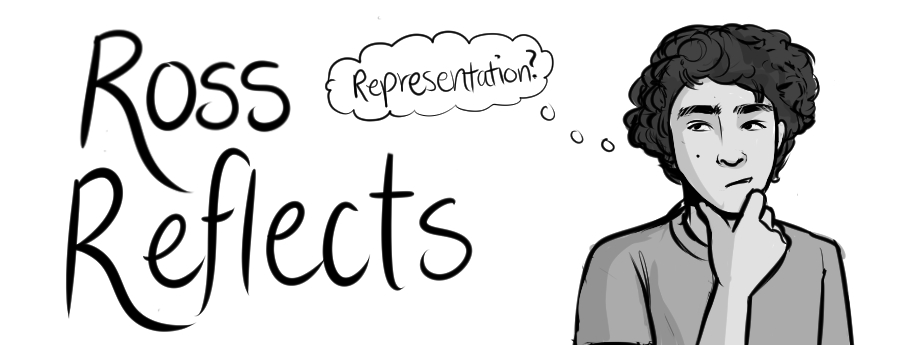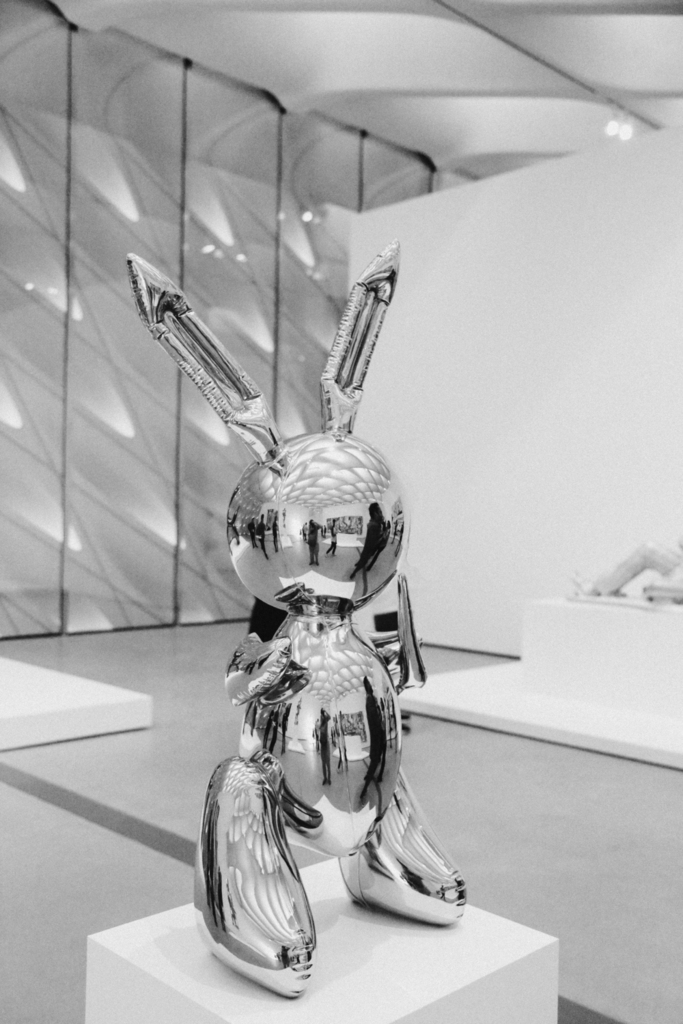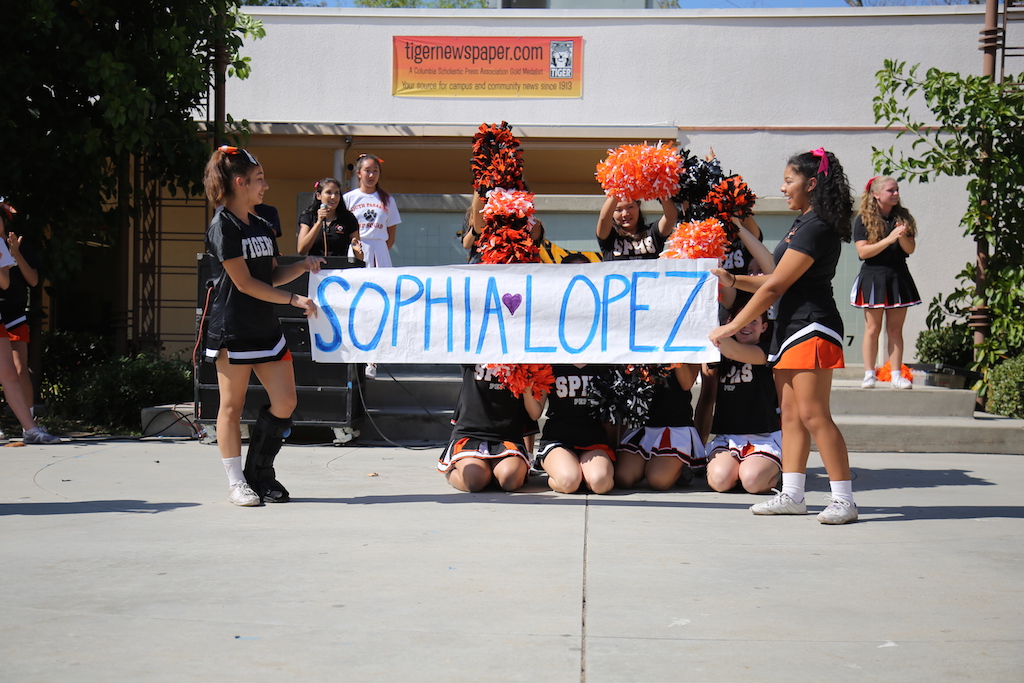By Ross Lelieur
Senior Staff Writer
Photo by Sandra Moore
Film has always had a rocky relationship with its representation of LGBT individuals. Often times, the industry chooses to neglect them, and in others reduces them to comical stereotypes. But if the films announced so far for 2015 are any indication, this awards season should be an important breakthrough in reasonable representation of LGBT characters in film.
The roster of 2015 films prominently featuring queer characters is not only larger than both 2014 and 2013’s lists, but also includes titles from a number of mainstream studios. Carol, a bitter love story set in 1950s New York; Freeheld, which details one woman’s battle to receive her deceased partner’s pension; and Clouds of Sils Maria, a darker story about desire framed against the dramatic clouds of the Alps; all feature a lesbian couple at their forefront and are backed by big budget studios and impressive publicity efforts. The Danish Girl, which details the ordeal of the first sex reassignment surgery, is perhaps the most recognizable of upcoming films with an LGBT lead, and certainly the most well publicized transgender-related film in recent memory. Compared to 2014, when there were no notable releases with LGBT leads, and 2013, when the only release was Blue is the Warmest Color, this is a marked increase which points to shifting attitudes in the highest levels of the film industry. LGBT films have historically been the exclusive domain of television and indie movies; but recent trends indicate a newfound interest in the genre.
Still another film, Legend, also has potential for representation of non-effeminate gay men. The movie stars Tom Hardy as both of the Kray brothers, suave gangsters who ruled the streets of 1960s London. While there is little doubt that the gangster flick will include plenty of sex, guns and violence as is typical for the genre; however, one of the Kray brothers is gay, a facet of his personality that Legend’s publicity team has promised to at least touch upon. The possibility of positive representation is not certain, though, as the film’s trailer gives the viewer a feeling that the man’s homosexuality may be little more than a punchline, contrasting his normatively masculine behavior with his sexuality (“he may be gay, but look at how well he can fight!”). This perpetuates harmful stereotypes about gay men. Nevertheless, there remains the possibility that Legend will treat homosexuality with respect, which in a film marketed toward a wide, male demographic, would be a true step forward.
Including LGBT personalities in the lead parts of films is a sign of excellent progress, but much more can still be done. The next step toward meaningful inclusion involves adding openly queer characters to screenplays without characterizing them solely by their sexual identity or orientation. Movies need to include these individuals, and make their sexuality known, without fully focusing on their queer attributes. This is a difficult task, one that cannot be solved by the industry alone. Society itself must also change its attitudes to be more accepting, such that it is not the inclusion, but exclusion, of LGBT characters in a screenplay that causes a stir.



